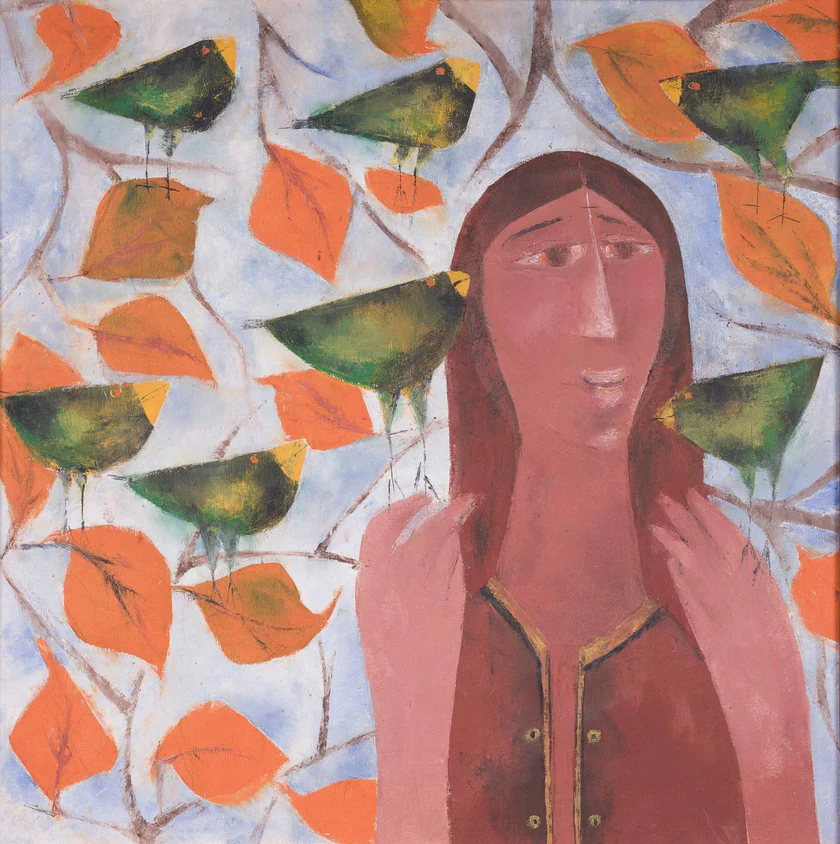Manjeera
March 21, ON THIS DAY
Haku Shah revitalized folk art in India, recognizing its importance to the country’s cultural inheritance. His paintings, which were a product of his careful observation and study of different types of folk and tribal art, convey a rooted sense of history to the viewer. At first glance, Haku Shah’s work might appear to be expressionist and symbolist, but a closer look reveals that he has instead combined the traditional elements with the modern, the indigenous with the Western. Shah was also deeply influenced by Gandhian philosophies as well as the Bhakti movement.
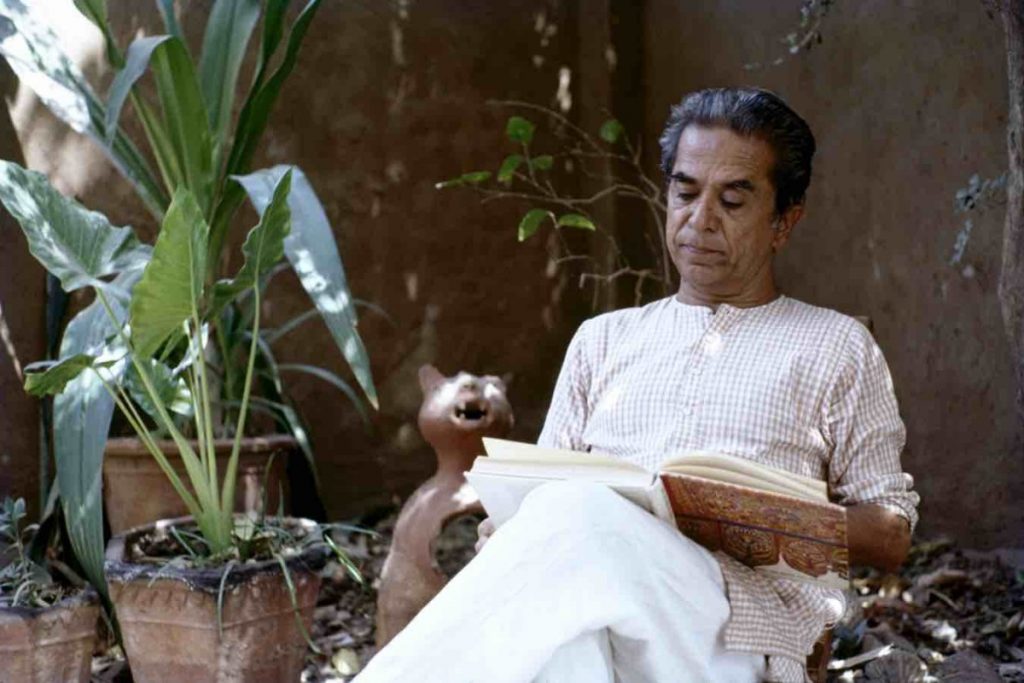
Courtesy: The Wire
Shah, who passed away on this very day over four years ago, was more than a painter; he was a cultural anthropologist who played a significant part in the documentation of many forms of rural and tribal arts and crafts from various parts of the country. He was awarded a Padma Shree in 1989 for his contributions to art. He was lovingly called Haku bhai by his peers in the art community, and used to travel to different places, interacting with the local craftsmen– preserving the art forms through documentation and transforming them via his vivid paintings. Shah’s biggest influence was the Rani Paraj tribe and their unique artwork. He came across them while he was teaching at Gandhi Ashram in Gujrat. Haku Shah’s son, Parthiv Shah, recounts his father’s variegated interests in his interview with Abirpothi:
“My father had three different kind of art practices. Or creative practice I would say. Being an artist he would paint but he was also interested in ethnography. In fact, when NID was being set up in 1961 he was invited to do research on Indian design, which basically was crafts then. He was asked to document Indian design and crafts.”
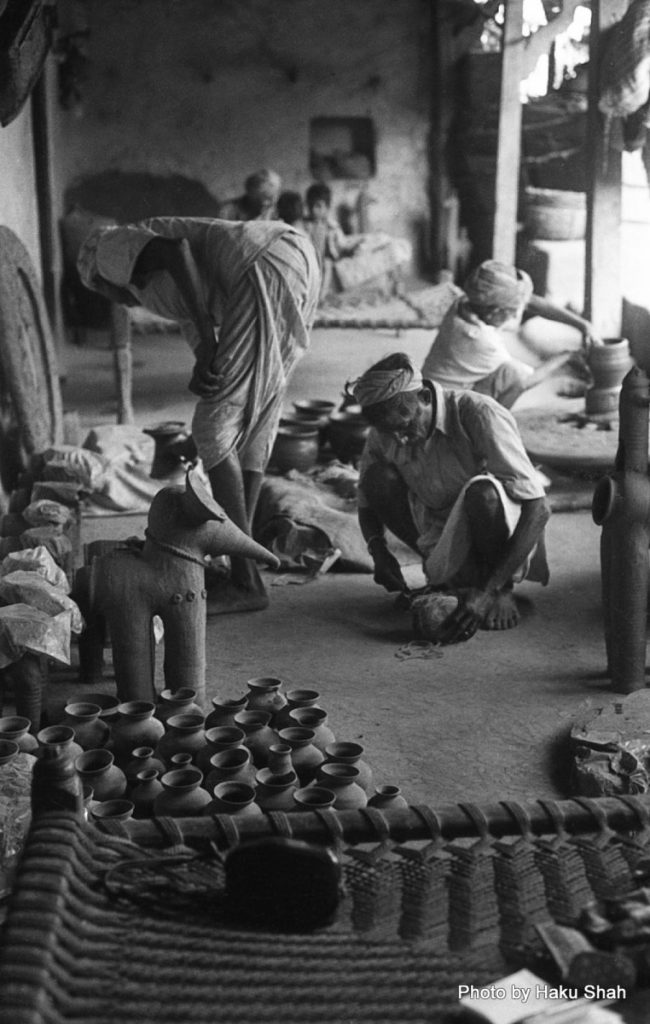
Haku Shah hailed from the Surat district of Gujarat, and from a very young age, he was influenced by Mahatma Gandhi. As he grew up, Shah inculcated many of Bapu’s philosophies and adhered to the principles all his life. Shah finished both his MFA and BFA at the Faculty of Fine Arts, Maharaja Sayajirao University of Baroda. He was a part of the Baroda Group of artists, which included young artists from various backgrounds that did not want to adhere to very traditional styles of painting, opting for experimentation. This group provided a different outlet of painting style from the Bengal School at the nationalism associated with Santiniketan.
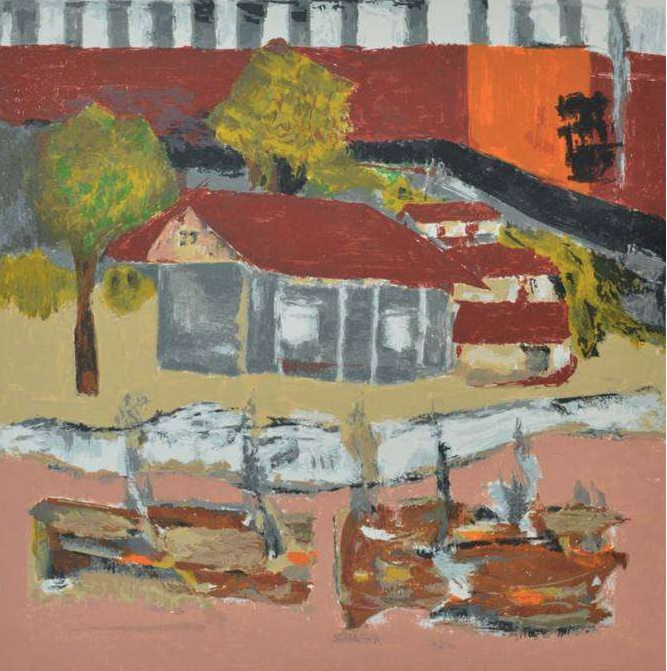
Courtesy: Mojarto
This can be perfectly seen in Shah’s paintings. They were starkly different from the paintings of Bengal school, with their need for outlines and themes that boarded of creating a mythical image of India. Shah’s paintings are more rooted and grounded, combining different aspects of tribal art with more modern techniques. Haku’s stokes are wide and have a sense of roughness to them, with vivid colors that carry the weight of the thematic competent. This can be seen clearly in his painting Salt March, which depicts Bapu’s act of taking the salt from the ocean in Dandi against the explicit orders of the British who wanted to monopolize salt production. The expressive strokes and colors convey to the viewer the subject and the content of the painting directly.
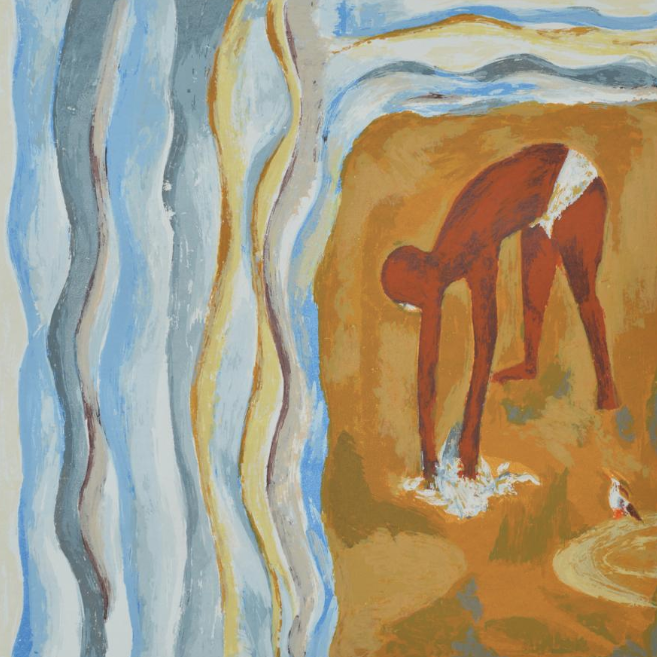
Courtesy: Mojarto
Though a few of his paintings are very nationalist in their subject, the majority of Haku Shah’s subjects were the common and the mundane. He painted simple scenes of village life but transposed them against a mythical background that gave the work a sense of unrealness. Shah dedicated his life to the preservation of tribal and rural arts, which has been sidelined. He ended up establishing a tribal art museum at Gujarat Vidyapith in Ahmedabad.
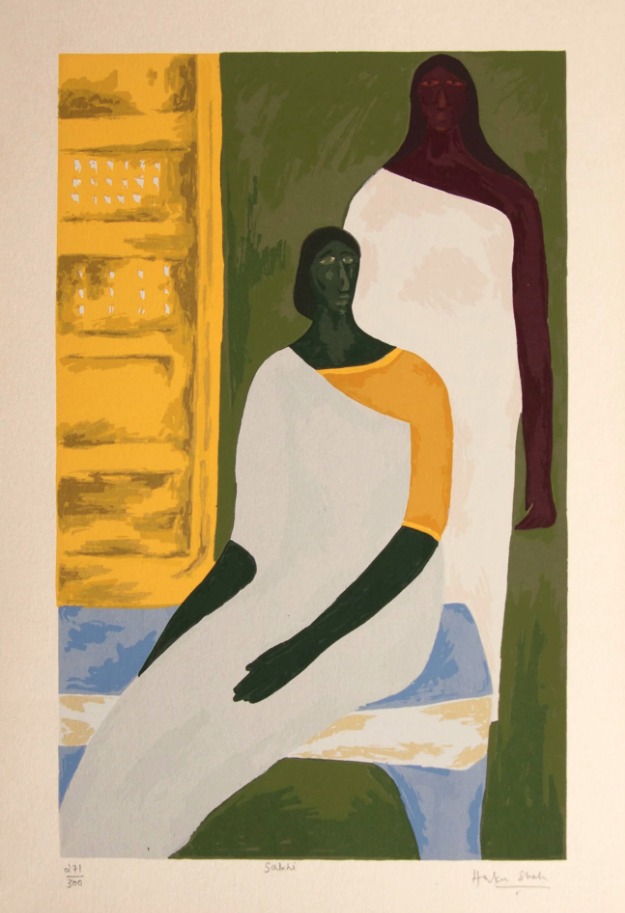
Courtesy: Artisera
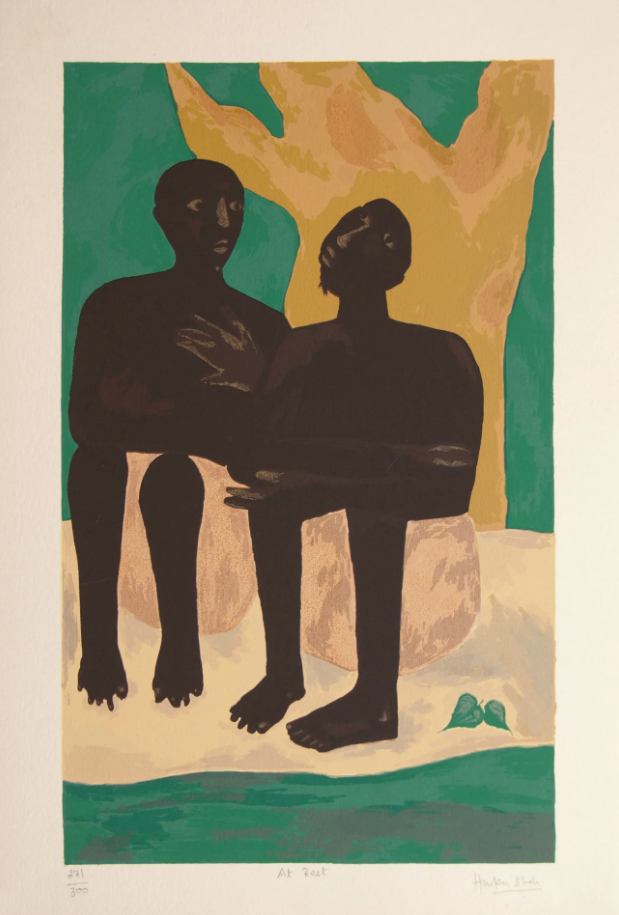
Courtesy: Artisera

